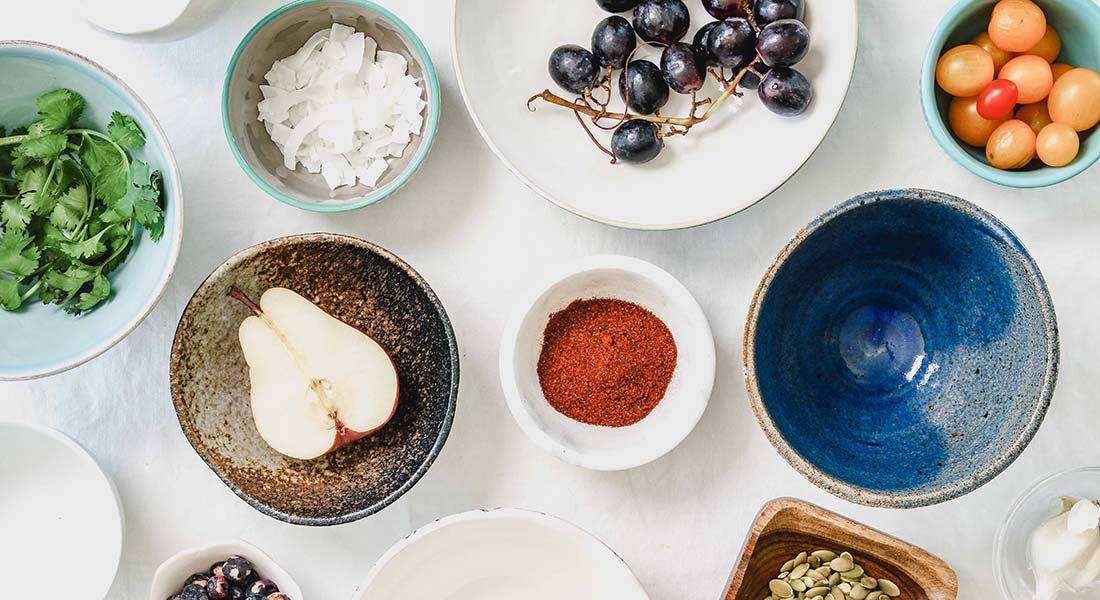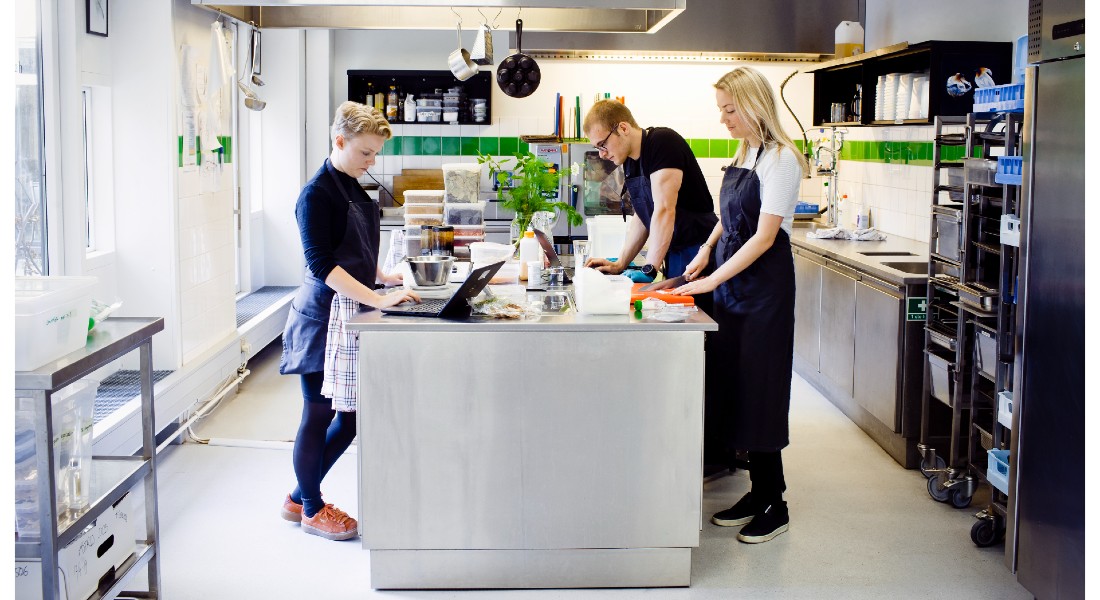Sustainable additives support climate-friendly food production
The word “additives” grates in the ears of many consumers – almost 40% of us try to avoid additives in food. Therefore, researchers have been searching for more natural additives for years. And in recent years, the research has intensified as additives are an integral part of developing a climate-friendly food system. The University of Copenhagen will publish a report later in the autumn that gives an overview of the university’s research in this area.

Additives can be used to extend the shelf life of food, which consumers may not always see as a benefit. But it is this property that has enabled us to create a society where food can last long enough to be distributed through the retail trade system and does not have to be bought and consumed directly from the barn, farm or commercial kitchen. Extending the shelf life with the help of additives has therefore basically always been about preventing resource or food waste. However, many consumers associate additives, especially the classic E-numbered ones, with synthetically created substances that are often considered undesirable, even though today they have largely been replaced by natural or nature-identical additives. Many consumers would rather buy “clean label” foods that are made as simply as possible from natural ingredients.
“Therefore, in recent years, researchers have studied how to replace the classic additives with naturally produced ingredients, or how to use fermentation to create the same properties in the food,” says professor at the Department of Food Science at the University of Copenhagen (UCPH FOOD) Mogens Larsen Andersen.
Beetroot juice can be an additive
For example, you can choose to colour a food with beetroot juice instead of using a chemical, E-numbered dye.
“Here, the beetroot juice can then be perceived as a common ingredient in the food, but in food industry context, it will still be an additive, because the sole purpose of the juice is to create a certain functionality in the food – in this case to give it colour. But it is then a question of “utilising a naturally colouring food,” explains Mogens Larsen Andersen.
Natural additives can also be made synthetically, but in that case, they are made nature-identical, which means that they are chemical compounds that already exist in nature.
Processed foods, including convenience food, can in many cases be produced exclusively using additives.

New food system with new requirements
New processing method such as the 3D printing of food as well as new types of raw materials, such as algae and new types of plant-based foods, require that you can control the texture, taste and other properties of the food in a new way, and this is typically done using additives.
“This requires that we get new natural additives and that we understand how they can be used in new types of food. The additives we know, natural or classic with E-numbers, do not necessarily have the known interactions when we add them to new types of plant-based foods, and that is what we have to grapple with right now,” says Mogens Larsen Andersen.
Many of the natural additives can be produced in a climate-friendly way, using residual products from food productions that would otherwise be used for animal feed or discarded.
“This could be, for example, proteins from side streams, which can be upgraded to create certain properties in new foods, including proteins that are extracted from blood from slaughterhouses,” says associate professor at UCPH FOOD, Jeanette Otte, who has collected material for the report.
“It could also include adding microorganisms that can be used to process food using fewer resources with a lower CO2 emission than if you use chemical reactions or heat treatment.”
Climate friendly additives
“But in addition to extending the shelf life, additives are also traditionally used to create improved flavours, colours textures. That is what we need when we have to create new types of plant-based foods that, in addition to spoiling quickly, typically do not taste of as much as animal-based foods,” says Jeanette Otte
For example, this could be creating umami taste (meat taste) and kokumi (mouthfeel).
“These are two taste expressions that are important – both in terms of giving a greater satiety, but also adding extra flavour. Kokumi, for example, creates a good aftertaste and can sometimes enhance other flavours in the product and thus give a synergy effect,” explains Jeanette Otte.
Research is also being done to stabilise dyes, nutrients and microorganisms so that they become more stable in the food and possibly also when we eat the food.
The report was commissioned by Food & Bio Cluster Denmark under the auspices of Innovationskraft supported by the Danish Ministry for Higher Education and Science.
Related News
Contact
Professor at the Department of Food Science at the University of Copenhagen (UCPH FOOD) Mogens Larsen Andersen, mola@food.ku.dk
Associate professor at UCPH FOOD Jeanette Otte, jo@food.ku.dk
Or
Communications officer at UCPH FOOD Lene Hundborg Koss, lene.h.koss@food.ku.dk
What are additives?
Additives are substances that are added to food in small amounts to give a certain property to the food. For example, they might be added to extend shelf life or improve texture, nutritional value, colour, smell or taste. The classic additives have E-numbers, but there are also other food additives that are natural and therefore do not have E-numbers. This includes, for example, flavourings and enzymes. In addition, vitamins, minerals and other nutrients are also used to enrich foods.
Additives (sometimes called ingredients) can be made synthetically or extracted from animals, plants, microorganisms or minerals. Naturally produced additives are extracted from natural sources, typically plants, animals, fungi or bacteria.
Report on natural additives
The Department of Food Science at the University of Copenhagen (UCPH FOOD) has published a report entitled “Natural additives – New knowledge and research in technological possibilities, healthy foods and climate neutrality”. The report uses the term “additives” in a broad sense, as the researchers include microbial cultures and other ingredients that can be added to food in smaller quantities to achieve certain properties in addition to the classic additives (those with E-numbers).
You can download the report at Food & Bio Cluster Denmarks homepage (in Danish)
